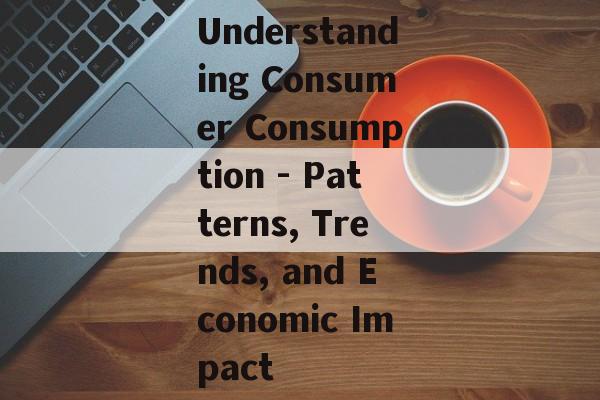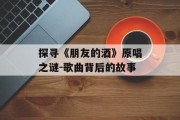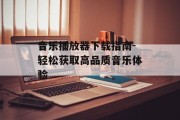1. The Evolution of Consumer Consumption
Consumer consumption has evolved significantly over the years. From basic needs to luxury goods, the variety of products and services available has expanded dramatically. This evolution is driven by technological advancements, changing lifestyles, and economic growth. Understanding these changes helps businesses tailor their offerings to meet consumer demands.
As we delve into the patterns of consumer consumption, we see a shift towards sustainability and ethical buying. Consumers are more aware of the impact of their purchases on the environment and society. This shift is evident in the growing demand for eco-friendly products and fair trade practices.
2. Factors Influencing Consumer Consumption
Several factors influence how consumers spend their money. Income levels, cultural norms, and psychological factors all play a role. For instance, higher income levels often lead to increased consumption, while cultural values can dictate preferences for certain products. Psychological factors, such as the need for status or social identity, also shape consumption patterns.
Economic conditions, such as inflation rates and unemployment, significantly impact consumer spending. During economic downturns, consumers tend to cut back on non-essential items, focusing more on necessities. Understanding these factors helps businesses predict and adapt to changes in consumer behavior.

3. The Role of Technology in Consumer Consumption
Technology has revolutionized the way consumers interact with products and services. Online shopping, mobile payments, and social media have all changed the landscape of consumer consumption. The ease of access and the abundance of information available online have empowered consumers to make more informed decisions.
Businesses leverage technology to reach a wider audience, personalize marketing strategies, and improve customer service. The use of data analytics helps companies understand consumer preferences and predict future trends, ensuring they stay ahead in a competitive market.
4. Consumer Consumption and Economic Growth
Consumer consumption is closely tied to economic growth. Increased spending leads to higher demand, which in turn drives production and economic activity. However, the relationship is complex, as overconsumption can lead to negative consequences, such as environmental degradation and debt accumulation.
Policymakers and businesses must balance the need for economic growth with the sustainability of consumer consumption. Encouraging responsible consumption patterns, such as reducing waste and promoting energy efficiency, can help achieve this balance.
5. The Future of Consumer Consumption
Looking ahead, the future of consumer consumption is likely to be shaped by technological innovation, sustainability concerns, and changing demographics. As Gen Z and Millennials become the dominant consumer groups, their preferences for digital experiences and ethical products will influence market trends.
The rise of artificial intelligence and the Internet of Things will further transform consumption patterns, making personalized and convenient experiences the norm. Adapting to these changes will be crucial for businesses to remain competitive and relevant in the evolving market.
6. Conclusion
Consumer consumption is a dynamic and multifaceted aspect of modern life. By understanding the factors that influence consumption, businesses and policymakers can better respond to changing trends and ensure sustainable economic growth. As consumers become more aware and empowered, the future of consumption will be defined by responsible and ethical practices.
Embracing these changes will not only benefit businesses but also contribute to a more sustainable and equitable society.










评论列表